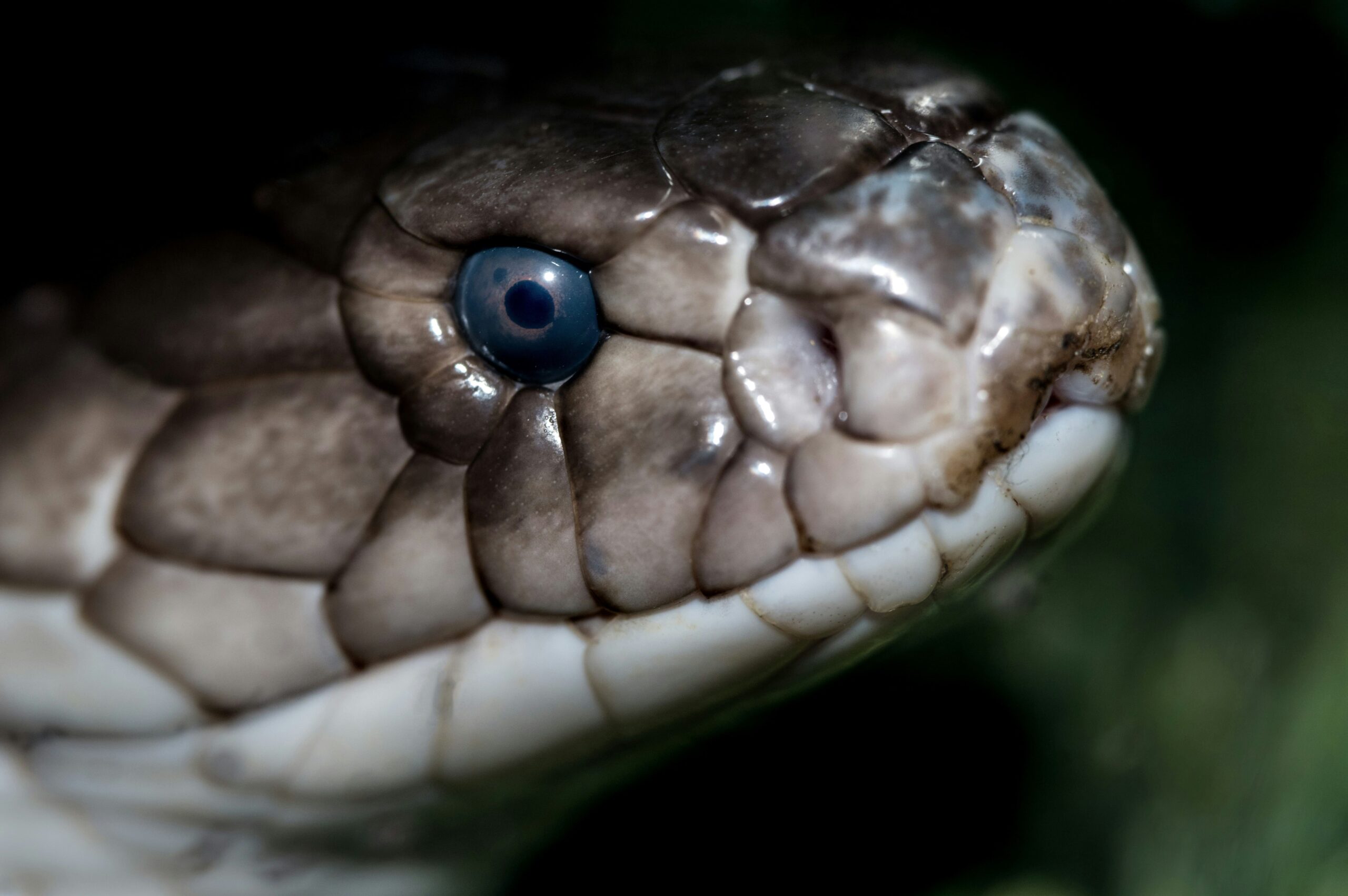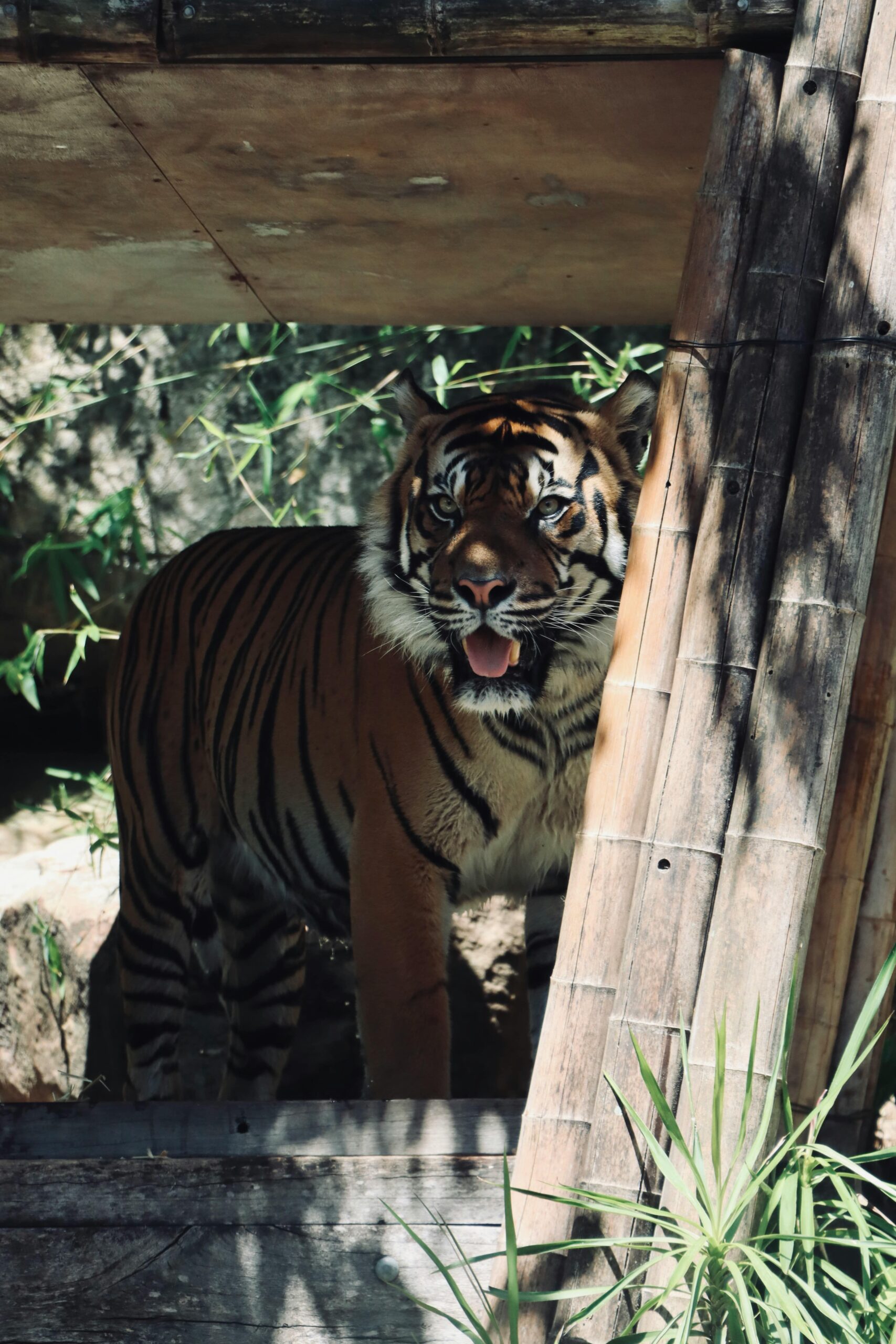Contents
why does australia have so many deadly animals – Introduction:
Australia, an ancient and isolated continent, is renowned for its stunning landscapes, diverse ecosystems, and unique wildlife. However, alongside its natural beauty, Australia is also home to some of the world’s deadliest animals. From venomous snakes and spiders to lethal jellyfish and crocodiles, the continent’s fauna can evoke both fascination and fear. In this article, we delve deeper into the ecological and evolutionary factors that have contributed to the proliferation of deadly animals in Australia, shedding light on the fascinating yet sometimes perilous biodiversity of the region.

1. Geographic Isolation and Evolutionary Adaptations:
Australia’s geographical isolation, having been separated from other continents for millions of years, has led to the evolution of distinct and often highly specialized species. Cut off from the rest of the world, Australian fauna has adapted to the unique ecological niches found on the continent. This isolation has allowed for the emergence of venomous snakes like the inland taipan, which possesses the most potent venom of any snake species, as well as the funnel-web spider, known for its highly toxic bite.
2. Varied Environmental Conditions and Adaptive Strategies:
Australia’s diverse range of habitats, from arid deserts to lush rainforests, presents a wide array of environmental challenges. In response, Australian animals have evolved a plethora of adaptations to survive and thrive in these harsh conditions. Venom, for example, has evolved as an efficient means of prey capture and defense in environments where resources are scarce and competition is fierce. The venomous platypus spurs, unique to male platypuses, are another example of an adaptive strategy evolved in response to environmental pressures.
3. Predatory Pressures and Defensive Mechanisms:
Australia’s ecosystems have historically been shaped by intense predatory pressures, driving evolutionary adaptations that favor survival. Venomous snakes and spiders, for example, have evolved potent toxins as a means of subduing prey and deterring predators. Similarly, apex predators like crocodiles have become highly efficient hunters, occupying the top of the food chain in many aquatic ecosystems. The blue-ringed octopus, one of the world’s most venomous marine animals, has evolved its bright warning colors as a defensive mechanism against potential predators.
4. Co-evolutionary Arms Race and Specialized Traits:
Australia’s biodiversity is characterized by a co-evolutionary arms race, where prey and predators continuously evolve in response to one another. As prey species develop defenses against predators, such as chemical deterrents or behavioral adaptations, predators counter-adapt with enhanced venom potency or specialized hunting strategies. This dynamic process has led to the evolution of some of the deadliest animals on the planet, including the highly venomous stonefish and the formidable saltwater crocodile.
5. Conservation and Cultural Perspectives:
Despite their lethal capabilities, many of Australia’s deadly animals play vital ecological roles and hold cultural significance for Indigenous communities. Conservation efforts aimed at protecting these species focus on maintaining biodiversity and ensuring the long-term survival of ecosystems. Additionally, Indigenous knowledge and practices surrounding these animals contribute to cultural heritage and spiritual connections to the land.
Why Are Australia’s Predators So Deadly? (Wildlife Documentary) | Deadly Australia | Real Wild: https://m.youtube.com/watch?v=KKfmjkkcd8E&pp=ygUuV2h5IERvZXMgQXVzdHJhbGlhIEhhdmUgU28gTWFueSBEZWFkbHkgQW5pbWFscw%3D%3D

Conclusion:
In conclusion, Australia’s status as a hotspot for deadly animals is a result of complex ecological and evolutionary processes shaped by geographical isolation, varied environmental conditions, predatory pressures, and co-evolutionary dynamics.
While these animals inspire awe and fascination, they also underscore the importance of understanding and respecting the intricate relationships between species in the natural world. By studying Australia’s deadly fauna, we gain valuable insights into the mechanisms of evolution and adaptation that have shaped life on Earth for millions of years.
As stewards of the environment, it is essential to balance appreciation for these remarkable creatures with efforts to conserve and protect them for future generations.
In conclusion, Australia’s abundance of deadly animals is a product of its unique ecological and evolutionary history. Geographic isolation, varied environmental conditions, predatory pressures, and co-evolutionary dynamics have all contributed to the proliferation of these lethal creatures.
While they evoke fascination and sometimes fear, these animals also serve as poignant reminders of the complexities of the natural world. Understanding and respecting the delicate balance between predator and prey, as well as the importance of conservation efforts, are crucial in ensuring the continued survival of Australia’s diverse and remarkable fauna.
As we navigate our relationship with these deadly animals, it is essential to approach them with both awe and caution, recognizing their intrinsic value to the ecosystem and the intricate web of life on our planet.
More Links :
Is It Safe To Drive From Sydney To Perth – How to Stay Safe on the World’s Longest Highway: https://ausizealand.com/is-it-safe-to-drive-from-sydney-to-perth/
Why Is Australia So Dangerous -A Guide to Staying Safe in Australia in 2023!: https://ausizealand.com/why-is-australia-so-dangerous/
Zebras in Australia: A best personal encounter with nature’s striped wonders (2023): https://ausizealand.com/zebras-in-australia/





